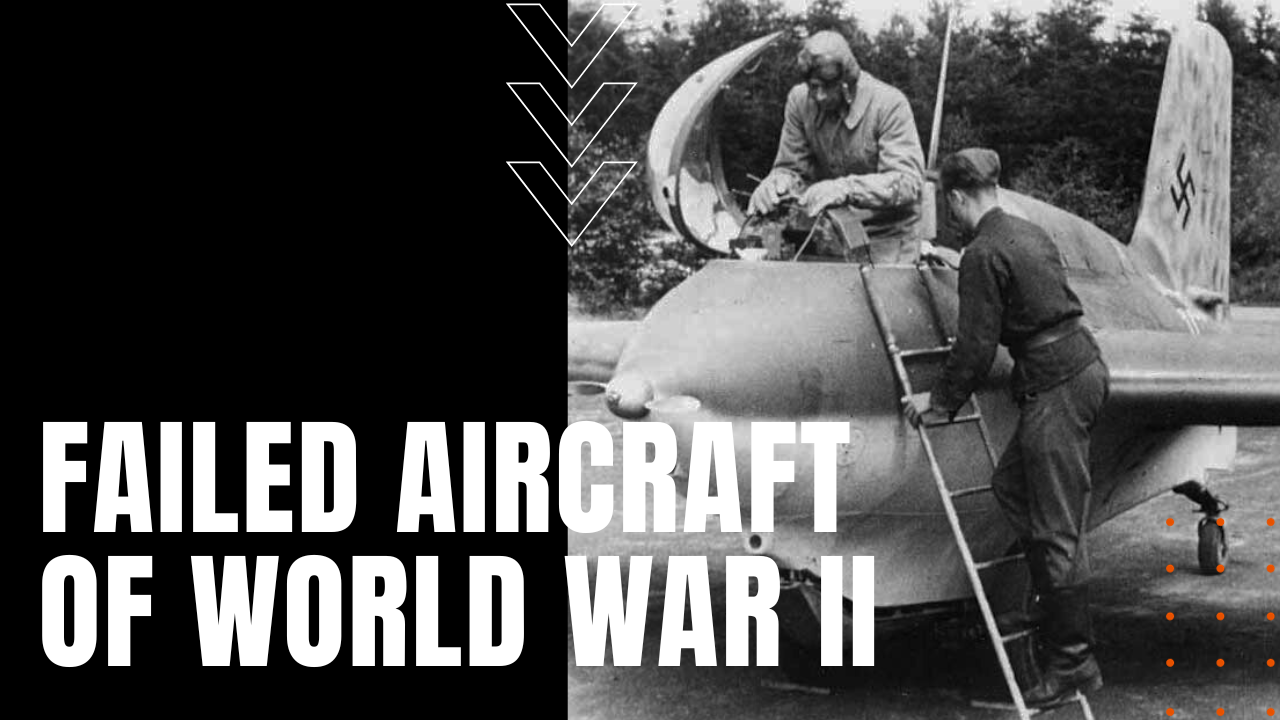Failed Warbirds of World War Two

Designed to engage high-altitude Allied bombers over Germany, the Messerschmitt Me 163 Komet was the world’s first and only rocket-powered fighter during the Second World War, employing a mix of two volatile liquid propellants that could accelerate a Komet to 39,000 feet in a mind-blowing 3.45 minutes.
Messerschmitt Me 163 Komet Lacked Air Brakes
Placed into service in May of 1944, the Komet’s inability to slow down from its top speed of 550 miles per hour proved too fast for Luftwaffe pilots to inflict much damage on slow-moving bombers such as the B-24 Liberator, the B-17 Flying Fortress and the B-25 Mitchell, while the Komet’s seven-minute burn time obliged pilots to glide back to base for a dead stick landing. Of the 363 Komets built, the rocket plane was credited with dropping 16 heavy bombers at a loss of thirteen or more of their own.
Boulton Paul Defiant: A Weighty Failure
A second failed warbird was the two-seat Boulton Paul Defiant or Daffy, which entered RAF service in December of 1939. Armed with four .303-inch machine guns on a power-operated turret behind the pilot, the Defiant’s intended use was designed to attack unescorted bombers from beside or below inbound formations, allowing gunners to pour fire into their intended targets, however, the Defiant’s ungainly weight and lack of forward fire power made the aircraft immensely vulnerable to conventional enemy fighters, especially after the development of long range fighter escorts such as the P-51 Mustang, which could protect heavy bomber formations to and from their intended targets. Suffering heavy losses at the Battle of Britain, the Defiant found later success as a night fighter during the Blitz, before being retired to training duties near the end of the war.
V-2 Revenge Rocket: An Expensive Fail
A third failed warbird was the Nazi’s wastefully expensive V-2 revenge rocket, which proved to be the German’s most advanced weapon of World War Two. First deployed in the Fall of 1944, the massive ballistic missile carried a one ton warhead controlled by rudder fins and two gyroscopes, reaching the edge of space at supersonic speed before dropping dead stick over Allied cities such as London, Paris and Antwerp, and while the weapon rained psychological terror upon civilians and military alike, of the 3,000 V-2s fired at Allied cities, the weapon proved far less lethal than the destructive payload of a single raid by the RAF Bomber Command, making failed warbirds of World War Two, some of the worst misconceptions of early mechanized warfare.
